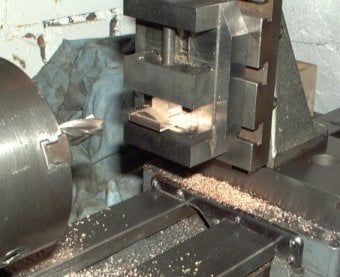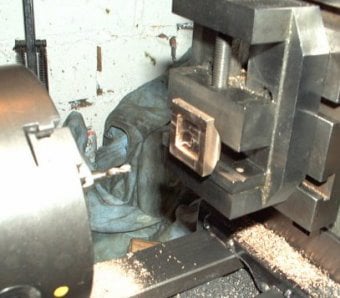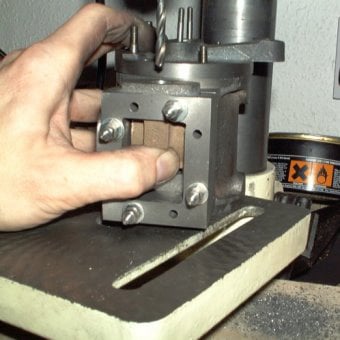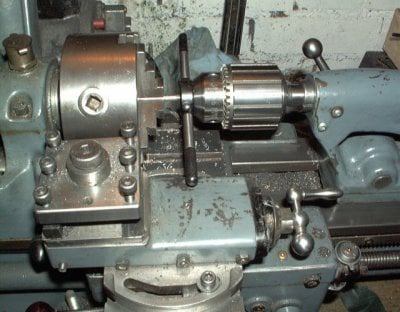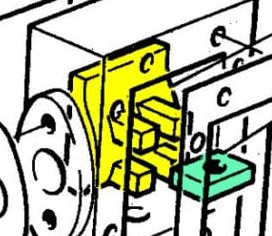
Stuart No 1
Valve and Valve Rod
The valve sets the timing of the engine. However it actual has only two critical dimensions - the overall length of the valve and the length of the inside recess.
The width of the valve is unimportant as long as it covers the port holes.
It is also important that the valve is allowed to float on the valve rod as this enables the steam pressure to seal the valve against the port face.
